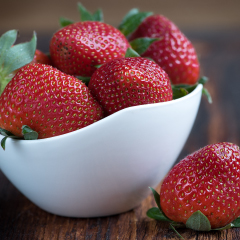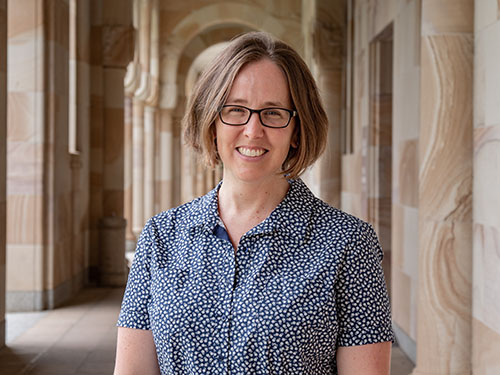Consumer and sensory scientists at the Queensland Department of Agriculture and Fisheries (DAF) are putting taste buds to the test to find out what flavours consumers prefer when eating fruit.
Finding the right flavour for new mango, pineapple and strawberry varieties is the focus of a $7 million joint research project into fruit sensory genetics.
DAF scientists are working with the Queensland Alliance for Agriculture and Food Innovation (QAAFI) and Griffith University, with funding from Hort Innovation, to gain a deeper understanding of what drives consumer behaviour when it comes to fruit.
DAF consumer and sensory scientist Simonè Moller said that the project aims to link consumer and sensory panel data with genetic information to identify fruit quality traits.
“Our research will explore how fruit sensory qualities impact consumer preference and help us to decipher what real-world customers want,” Ms Moller said.
“This will equip our plant breeders with the information they need to continue to develop great tasting superior and niche varieties with potential to attract new markets.”
Ms Moller said the sensory profiling with a specialist trained panel will identify the key sensory attributes present in each variety of fruit to develop a common language for both industry and scientists to use.
“We will be assessing everything from appearance to aroma, flavour and texture,” Ms Moller said.
“This will be complemented with large-scale consumer research to determine which varieties are preferred and why.”
Hort Innovation Research and Development Manager Dr Vino Rajandran said the research aims to enhance the overall sensory experience for consumers each time they bite into an Aussie-grown fruit.
“Studies show that just one bad fruit eating experience can turn a shopper off buying that fruit or vegetable again,” Dr Rajandran said.
“Ultimately, the perfect situation for a grower is to produce a good quality fruit that appeals to the consumer each time.
“This will lead to less food waste at home and along the supply chain.”

QAAFI Principal Research Fellow Associate Professor Heather Smyth said once we understand consumer motivation, we can modify the genetics of the fruit to enhance its physical and sensory characteristics.
“Once sensory profiles for existing, and potentially new, characteristics have been established, we can naturally breed and select new varieties with the aim to eventually make them available to growers and consumers,” Dr Smyth said.
DAF’s Consumer Intelligence team will collaborate with the DAF Food Chemistry team, based at the Health and Food Science Precinct at Coopers Plains in Brisbane, and Genetic Improvement teams in Mareeba and Nambour to identify genes associated with key consumer qualities.
The development of these molecular tools will assist breeders to identify these traits in young seedlings to bring a greater choice of high quality and consistent commodities to the consumer.
DAF’s principal plant breeder Dr Jodi Neal said this research involves evaluating mangos, pineapples and strawberries developed via DAF breeding programs at the Mareeba Research Facility and Maroochy Research Facility in Nambour.
“These tools will allow us to more easily identify plants with the best fruit flavours, colours and texture,” Dr Neal said.
“We can then combine this information with other critical traits such as high yield, disease resistance and improved shelf life to produce better varieties for both farmers and consumers.”
This article first appeared in Food Australia, in tandem with the Australian Institute of Food Science and Technology
